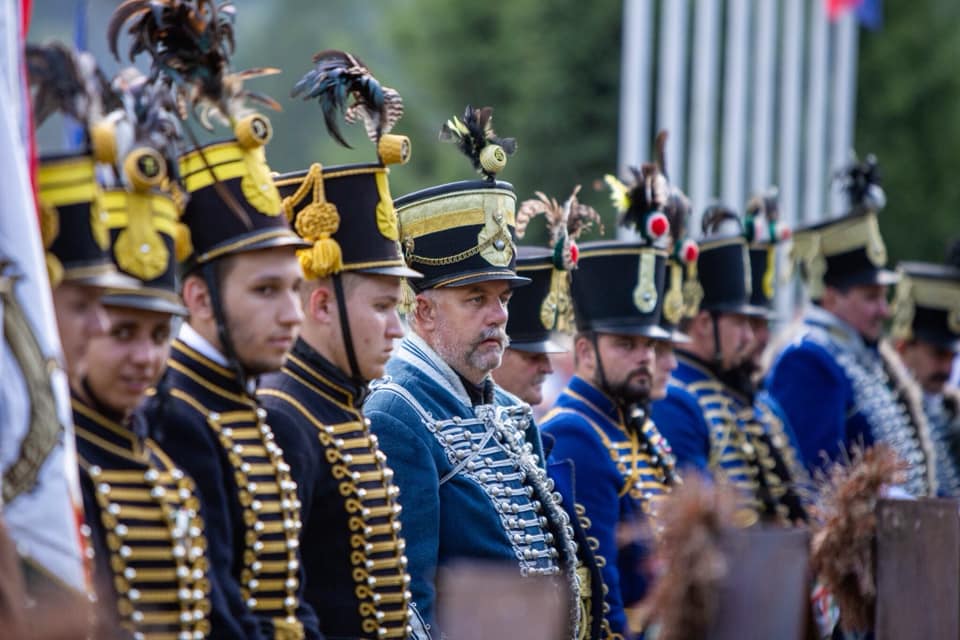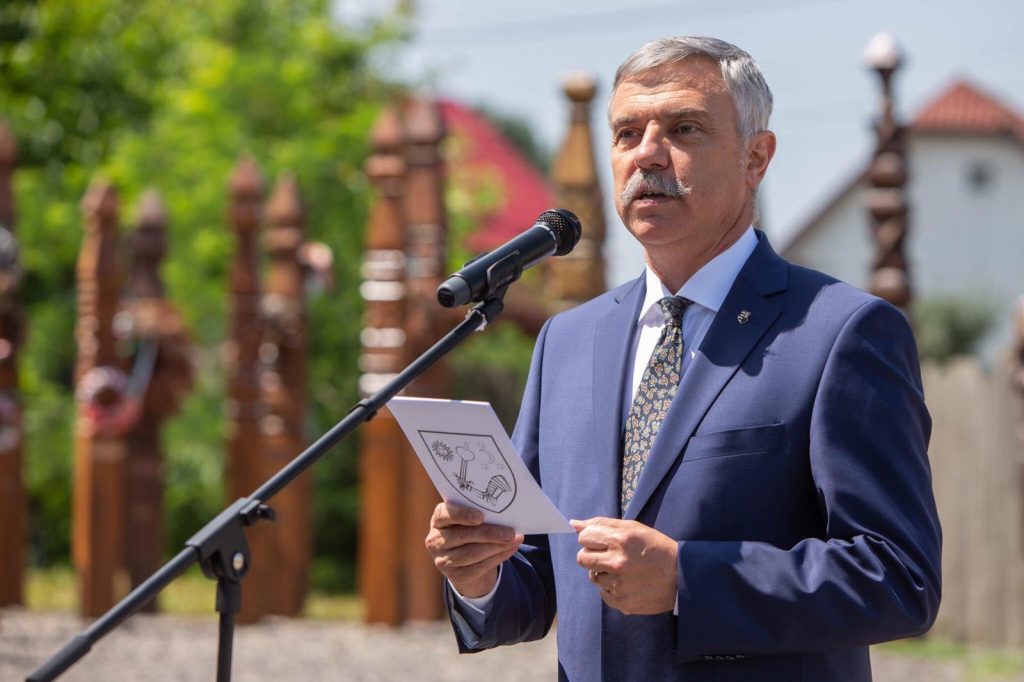In 1942, the Hungarian military leadership entrusted major general István Kozma with the establishment of the Szekler Border Guard Forces, with the aim of protecting the Eastern Carpathians from the Soviet army. The Border Guard Forces were filled with 18 to 19-year-old soldiers and World War I veterans. Later István Kozma was sentenced to death at a show trial and was hanged.
The Úz Valley, known nowadays for the Romanian-Hungarian conflict, was a strategically important point in the First and in the Second World War as well, in the second it was the location of the first battle on Hungarian territory.
The valley was protected in August and September of 1944 by the Szekler Border Guard Forces, led by major general Ferenc Horváth. After Romania abandoned the Axis forces on August 23, 1944, the Red Army launched its first offensive in the region and attacked the Úz Valley in the morning of August 26. This was the first battle on Hungarian territory in WWII. The defenders stood no chance against the better equipped and battle-hardened soviet troops. Within hours, the Soviet mechanized units destroyed the defensive units of the Szekler Border Guard and advanced to the so-called Aklos inn. On August 28, the Szekler frontier soldiers, with the support of the 10th Artillery Division of Kaposvár counter-attacked. It was a moving war, the lines of the forces waved in the mountains next to Valley of Úz. On September 9, as part of the evacuation of Northern Transylvania, the Royal Hungarian Defense Forces were withdrawn from the Úz Valley.

Andor Nagy from Sepsiszentgyörgy/Sfântu Gheorghe was 42 year-old when he fought on the battle on August 26. As he was retreating – among the last ones – he took the bugle of the Boarder Guard Batallion of Sepsiszentgyörgy from the bugle blower. He thought that the bugle would hold him back and he was afraid that it might end up with the enemy, so he buried it on the battlefield. Andor Nagy was later captured and sent to the Soviet Union. After his return, he waited for a long time before he went back to the Úz Valley to look for the bugle. He found it in 1965. Andor Nagy’s grandson,now offered this bugle, for preservation, to the president of Kovászna/Covasna County Council, Sándor Tamás

“It is a great honor and a national pride to be able to place this bugle in my office”, Sándor Tamás told TransylvaniaNOW. He pointed out that Hungarians have used this musical instrument since ancient times, even the Huns used it in Central-Asia, before they came to Europe. “From the time of the early, Western Han Dynasty (206 BC – 24 BC), Wang Zhaojun, a high-ranking Chinese lady (the wife of Huhanye, the last ruler of the Southern Huns) mentions the Hun horns in her poems. But we can also highlight Scythian rhytons (a type of horn – ed. note)”, he added.
Sándor Tamás underlined that Hungarians were warriors, so messengers, drummers and horn blowers were important members of the Hungarian society, in the ancient times, but in the 20th century as well, like in the battle of Úz Valley.
(Title image: The bugle was used for the last time on August 26, 1944. Photos: Facebook/Sándor Tamás)